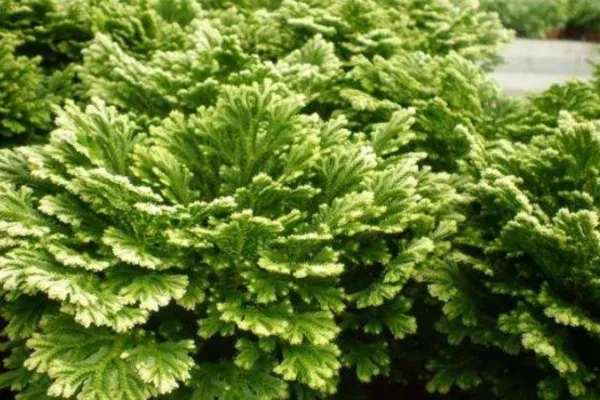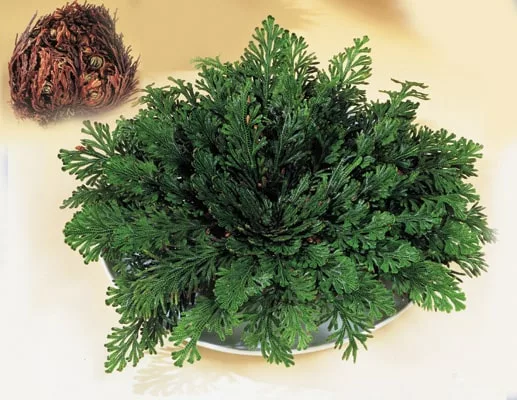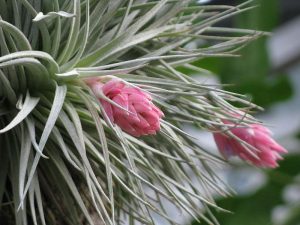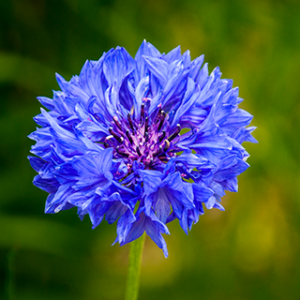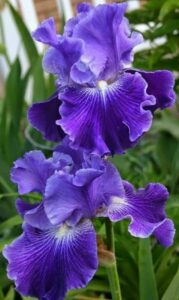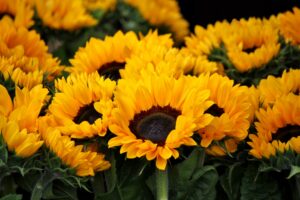Flowers in Antarctica: Antarctic grass and Antarctic carnation
Are there flowers in Antarctica?
You are right!! There are flowers in Antarctica. Although it seems incredible, nature did not leave flowers without a place with such extreme conditions.
Although 99% of the Antarctic continent is permanently covered by snow or ice, plants grow on the 1% of unfrozen surface. Among them are mosses, ferns and also two plants that bloom. These are the Antarctic grass (Deschampsia antarctica) and the Antarctic carnation (Colobanthus quitensis). Both species are found mainly in the Antarctic Peninsula, which is the least cold zone, with a mean daytime temperature of 4 ° C.
These two species are adapted to cold and freezing, although they follow different strategies.
Strategies of plants in Antarctica to survive:
The Antarctic grass
It is a perennial herb that grows between rocks. This plant self-pollinates, because it never opens its flowers, but keeps them closed and pollen fertilizes the ovary of its own flower. It also synthesizes proteins called APF (anti-freeze proteins), which prevent water from freezing inside. These proteins bind to the margins of ice crystals when they begin to form, preventing their growth.


The Antarctic carnation
It is a very small plant that grows in the form of “cushions” of 5 to 8 cm in height. When it has no flowers it can be confused with a moss. However, it is easily recognized in summer when it makes yellow or white flowers in the shape of a long bell.
The Antarctic carnation has no APFs, but its strategy to avoid freeze damage consists of accumulating sugars in high concentrations, which “sequester” the water by osmotic effect, preventing the formation of ice crystals. This strategy is the most common in high mountain plants.
Antarctic plants have also adapted their photosynthesis to extreme cold. The maximum capacity of photosynthesis of the plants of temperate climate takes place to about 24 or 25 ºC, that is its optimum temperature. In contrast, the optimum temperature of the two Antarctic plants is about 10 ° C, and at 0 ° C they are capable of photosynthesis at 30% of their maximum capacity. That is, they not only tolerate freezing, but also remain active at very low temperatures.
Nature always finds the best way to adapt, so we must take care of it and always carry it, like flowers, in the heart. ?
Remember to like and share on your social networks if you liked this article. Leave us your comments here.
![]()
Share this content:


